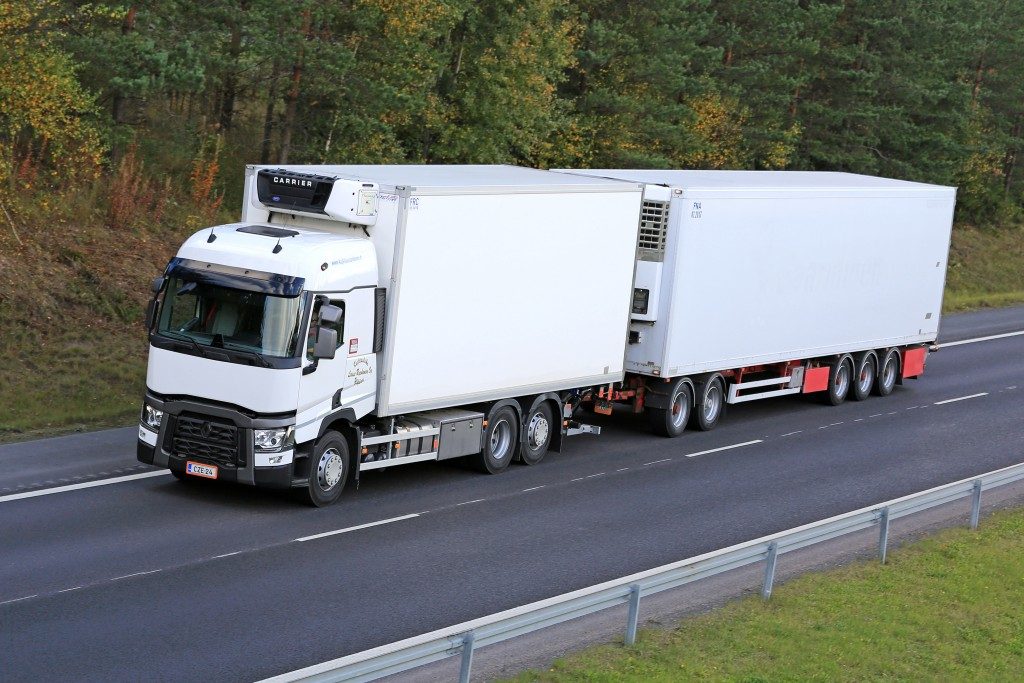The transportation industry has undergone a significant transformation. One of them that is gaining focus now is the cold chain. This has made it possible to transport temperature-sensitive items that would not ordinarily be transported over long distances in the past because of their risk of damage. Many people assume that only perishable food need cold transportation, but cosmetics, paintings, pharmaceuticals, flowers, and chemicals are among the other items that benefit from cold chain transportation.
The type of transport container used by European haulage companies for cold chain transportation is a reefer. This is an enclosed unit that can be loaded on a trailer, ship, or other modes of transport. It is powered by a D.G set on your transport vessel. If your trailer or ship cannot supply the necessary power for your reefer, mobile power packs can be used to supplement the energy.
A reefer is not just a basic container that has refrigeration, but rather a sophisticated shipping container with four main sections. Here are some details on these sections:
Compressor Section
This comprises of a compressor, which has a power cable storage compartment and an H.P switch. These sections also contain a suction solenoid valve that controls the gas flow to the section.
An electronic monitoring device that encompasses the discharge, compressor suction, supply air temperature, and ambient sensors is included in the compressor section to guarantee its efficacy. Pressure relief valves, moisture indicators, and filter driers are some of the other safety devices in this section.
Condenser Section
This comprises of a condenser fan and motor, condenser saturation sensors, and air-cooled condenser coils. The air in the cooled condenser of a reefer is pulled from the bottom then discharged horizontally through the section’s center. While most units contain fans, a few will use water cooling for their condensation, although these are more costly.
Evaporator Section
This includes a return recorder bulb sensor, drain heater and pan, heat transmission switches, a thermostatic expansion valve, and a temperature sensing bulb. The valve will regulate the refrigerant’s flow and maintain the ideal temperature in the transportation container. An evaporator fan pulls air from the top of your reefer and directs it to an evaporator coil that either cools or heats it before its discharge from the reefer’s bottom.
Fresh Air Make-Up Venting Section

This section includes a vent that provides fresh air circulation to the goods in the reefer during transport. The vent remains closed throughout when transporting frozen products. The air exchange between the venting section and the atmosphere will vary based on how a container is a loaded and the static pressure differential.
Reefer trailers come in lengths of 28 to 53 feet and not more than 13.5 feet in height. The maximum load limit of a reefer trailer is 44000 pounds. You can opt for sprinters and vans for the transportation of your temperature-sensitive products if they are not too heavy. Reefers are not just containers that keep products cool during transport. The above sections are designed to guarantee that your products remain safe and intact even with the rigors and other elements they are exposed to during transportation.

